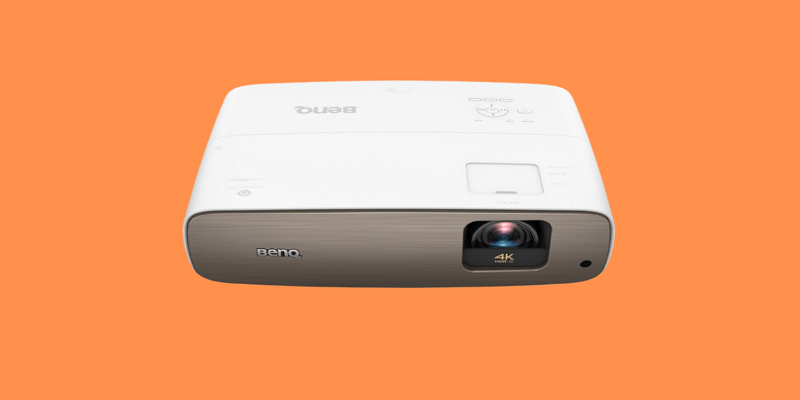 Like computers in the twenty-first century, projectors are also an essential element of a student’s education, businesses, and other workstations. It’s actually more common for schools and businesses to use projectors rather than individual workstations because of the higher cost of the latter.
Like computers in the twenty-first century, projectors are also an essential element of a student’s education, businesses, and other workstations. It’s actually more common for schools and businesses to use projectors rather than individual workstations because of the higher cost of the latter.
It’s possible that when you switch on your projector for the first time, you won’t see any displays from your computer. It’s crucial that everything runs smoothly during a business presentation, any technical fault can shatter the confidence of the one who is presenting, so when your projector suddenly faults, it should be fixed as soon as possible.
Why Is My Projector Not Displaying?
When the projector is unable to display an image on the screen, the first step in troubleshooting a problem with a projector is to look at your laptop, the projector, and anything else in between. In this article, you’ll know why is your projector not displaying. Read it carefully.
So, Why is my projector not displaying?
A “No Signal” warning may be shown for one or more of the following causes. A faulty connection has been made between the projector and the information source. All the wires and adapters should be connected properly. As you connect your source device to the projector, be sure you’re using the correct cable and/adapter.
How to Fix Projector Display Problems?
A simple troubleshooting procedure might help if your projector’s display shows no signal.
1.) Check Connections:
Make sure the projector and PC are connected properly. A VGA, DVI, or HDMI cable will normally be used for this connection. As a last resort, try plugging the cable into an alternate outlet and see if it helps. The computer and projector must both have wireless capabilities enabled if you want to connect wirelessly through a local network or Bluetooth signal. If the projector isn’t working, check to see if the lens cover is removed.
2.) Check Software Settings:
The software you’re using to watch the video may have a feature that allows you to display the clip on a second screen or device. Check the options. In the “Set Up Show” window of PowerPoint, for example, there is an option to select several monitors. Consider using a different program to view the video if at all feasible. Keep your software up-to-date by downloading and installing any updates or patches that may have been available.
3.) Check Operating System Settings:
Make sure that your operating system is properly set up to use a secondary display or screen. Go to Control Panel > Display in Windows or System Preferences > Display on Mac OS to access the display settings. With two monitors connected, if the desktop is enlarged, you may need to relocate the video program. Make sure the second display is set to a resolution that the projector is capable of supporting before connecting it to it.
4.) Check Projector Settings:
Check the settings on the projector itself to ensure that the correct input has been selected. Most models include an on-screen display enabling you to switch between inputs and configure the resolution and other settings. A self-test routine may also be available. If the video is fuzzy or appears intermittently, this would indicate a fault with the projector or the connecting cable. If possible, test the projector with another computer or input device to confirm if this is the case.
How does my projector display a screen on a computer?
Do the following if your projector won’t turn on when you press the power button.
Conclusion:
There are so many different faults, each of which has a distinct root cause. Before you know how to fix your projector, you need to figure out what’s wrong with it in the first place. A projector that won’t turn on, locks up, reports a bulb fault, has video quality difficulties and fan noise can be fixed using several approaches. Thanks for reading!
- How To Clean a Projector Lens - December 1, 2022
- How to make a projector screen with a sheet? - November 11, 2022
- What can I use as a Projector Screen - November 10, 2022
